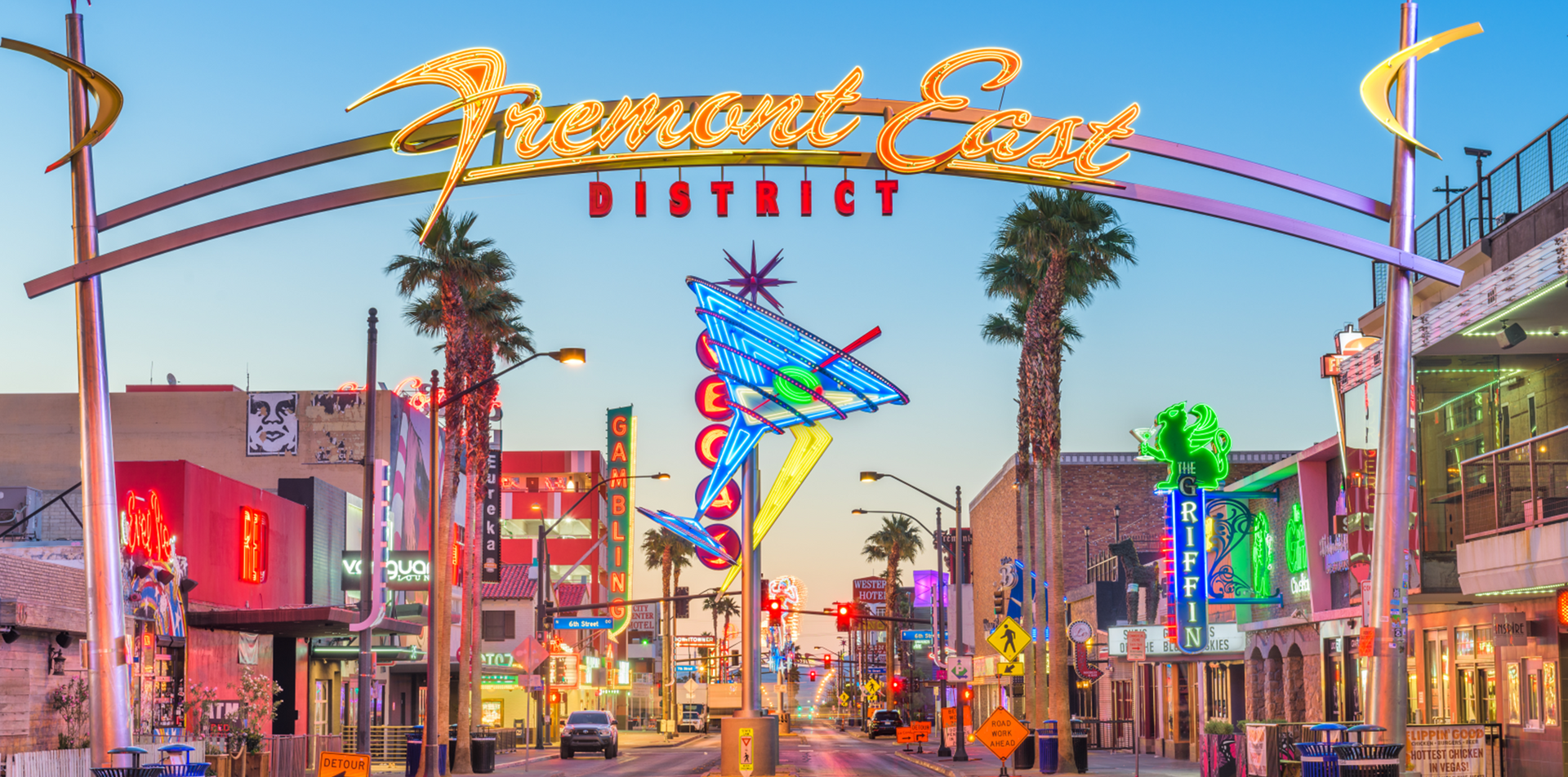The Evolution of Freemont Street
From Horse Wagons to Slot Machines

Las Vegas, Fremont Street has witnessed an extraordinary transformation over the past century. Established in 1905, Fremont Street quickly became a focal point for Las Vegas’ early development.
Fremont Street was a lively mix of horse-drawn wagons and the occasional early automobile navigating unpaved streets. By the 1940s, however, a wave of neon lights bathed the street in vibrant colors, earning it the nickname "Glitter Gulch." This marked the beginning of Fremont Street’s association with the flashy entertainment that Las Vegas would become famous for.
The street saw milestones like being paved in 1925, marking its transition into a modern thoroughfare. It boasted the city’s first train station, its inaugural casino, and even the first telephone line. By the 1990s, the city and casino owners collaborated on a $70 million effort to revitalize downtown Las Vegas, focusing on Fremont Street as a centerpiece of renewal.
Out of this initiative emerged the Fremont Street Experience—a pedestrian mall adorned with the world’s largest LED canopy, known as Viva Vision. Beneath its shimmering lights, visitors can still find remnants of old Vegas charm, such as the iconic Vegas Vic neon cowboy and the historic Golden Gate Hotel & Casino, where gaming in Las Vegas first began in 1906.
Today, Fremont Street continues to draw crowds with its blend of history and modern spectacle. It’s home to attractions like the SlotZilla zipline—a thrilling ride through the heart of downtown, set against the backdrop of the world’s largest slot machine.
As Las Vegas evolves, Fremont Street remains a testament to the city’s resilience and ability to reinvent itself while honoring its storied past. Whether you’re exploring its neon-lit casinos or flying over its bustling crowds, Fremont Street invites visitors to experience the essence of old and new Las Vegas, all in one dazzling locale.





